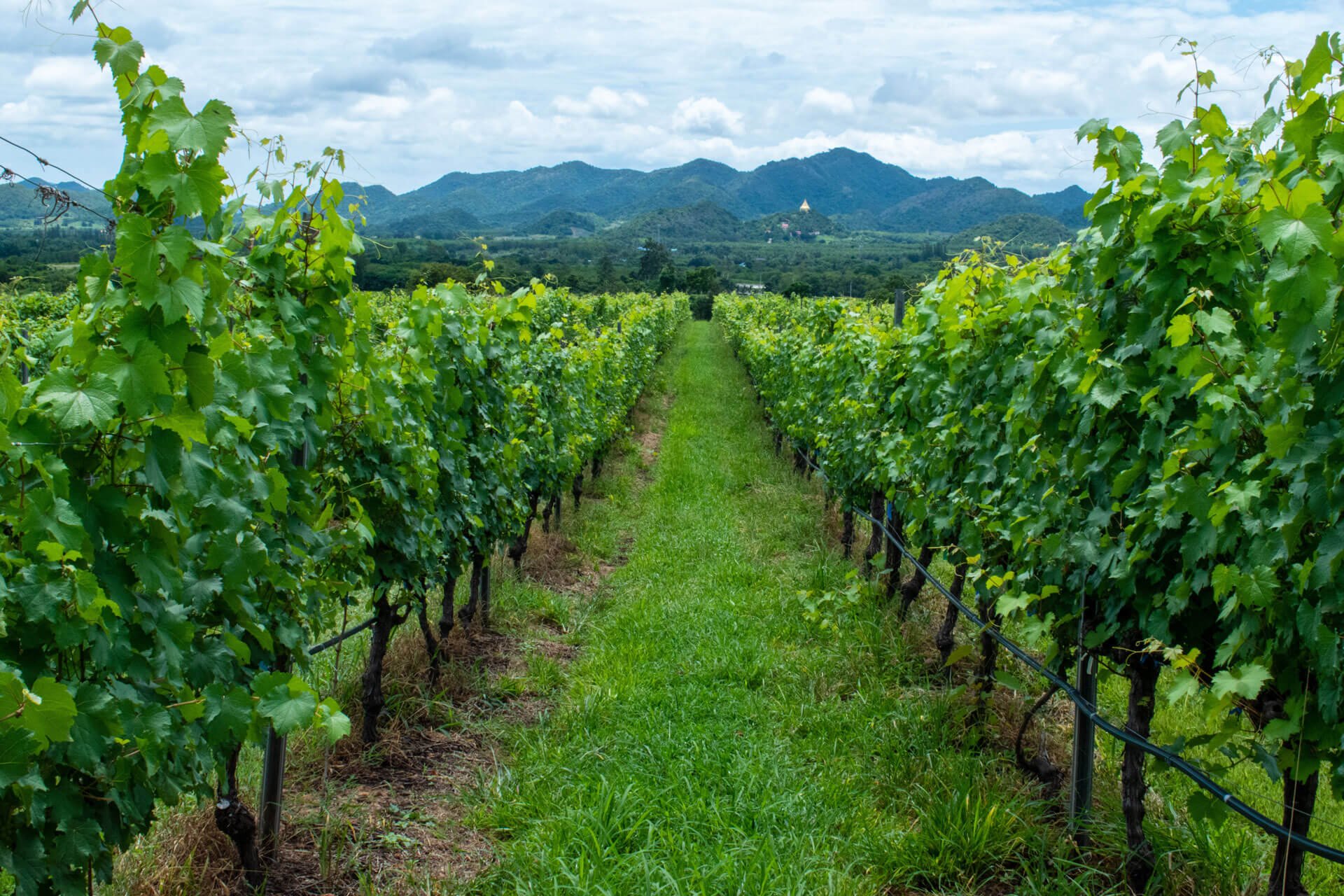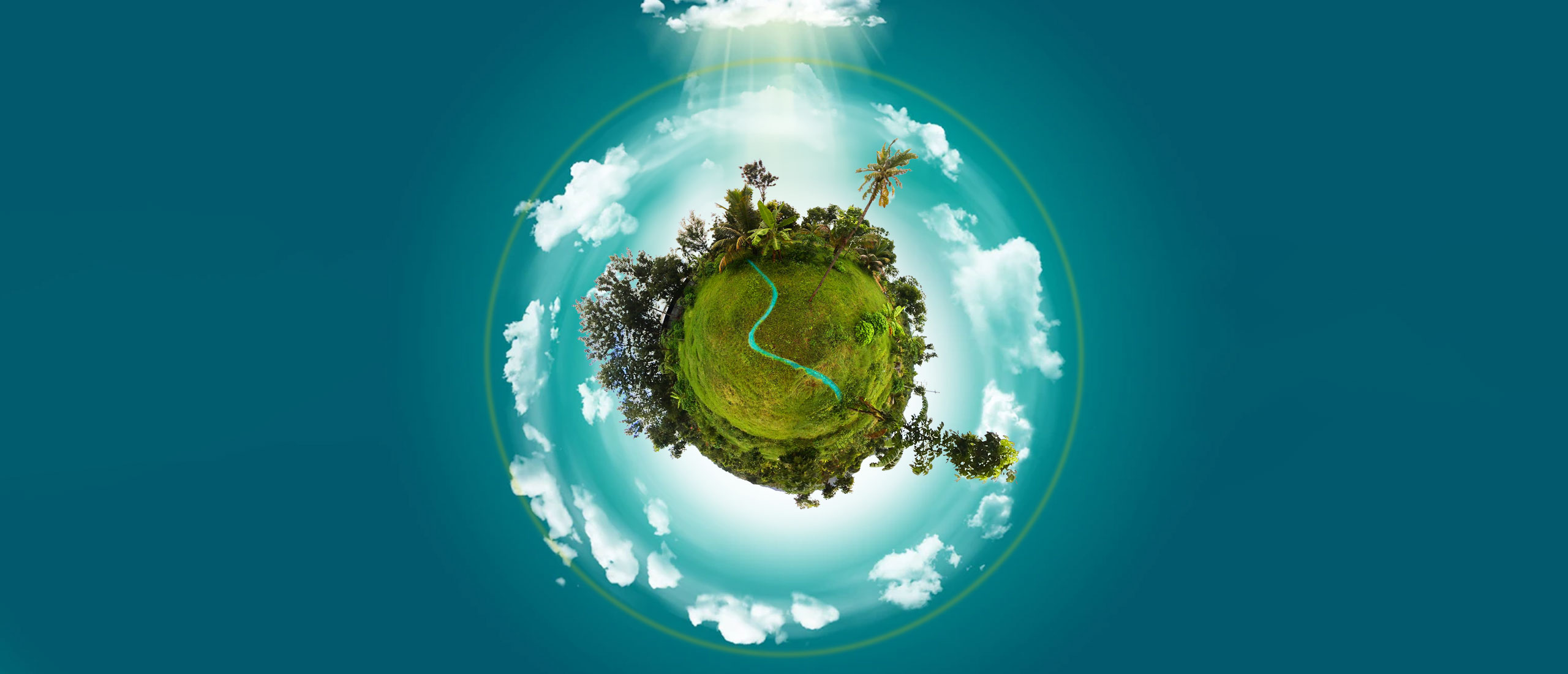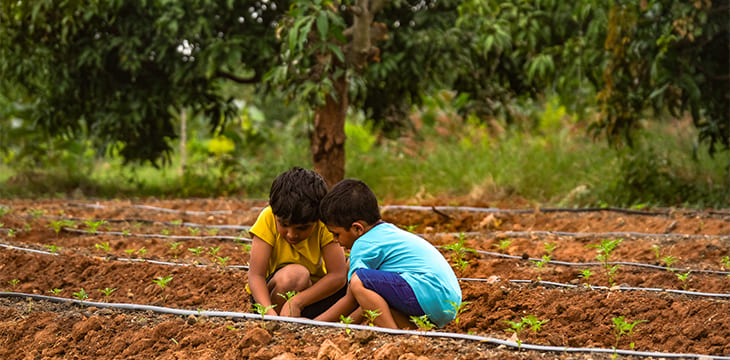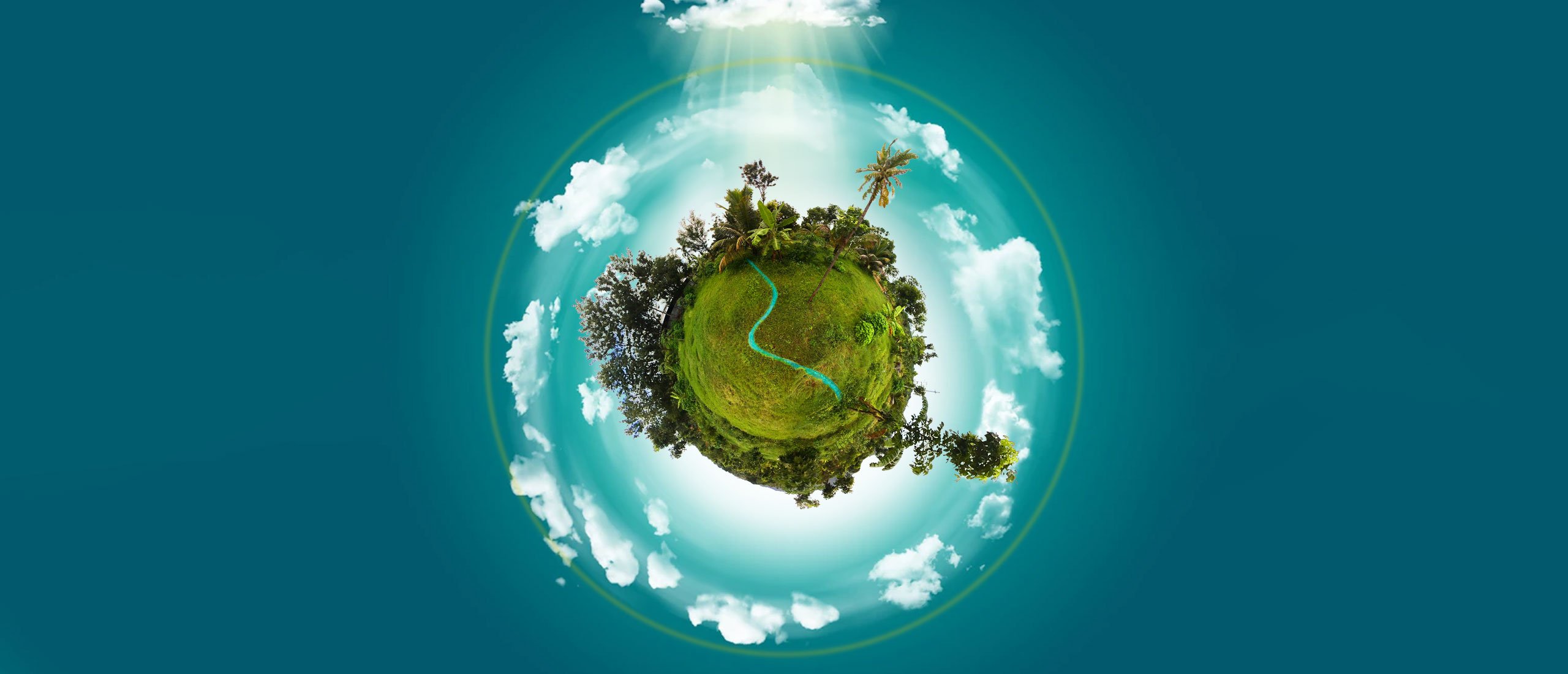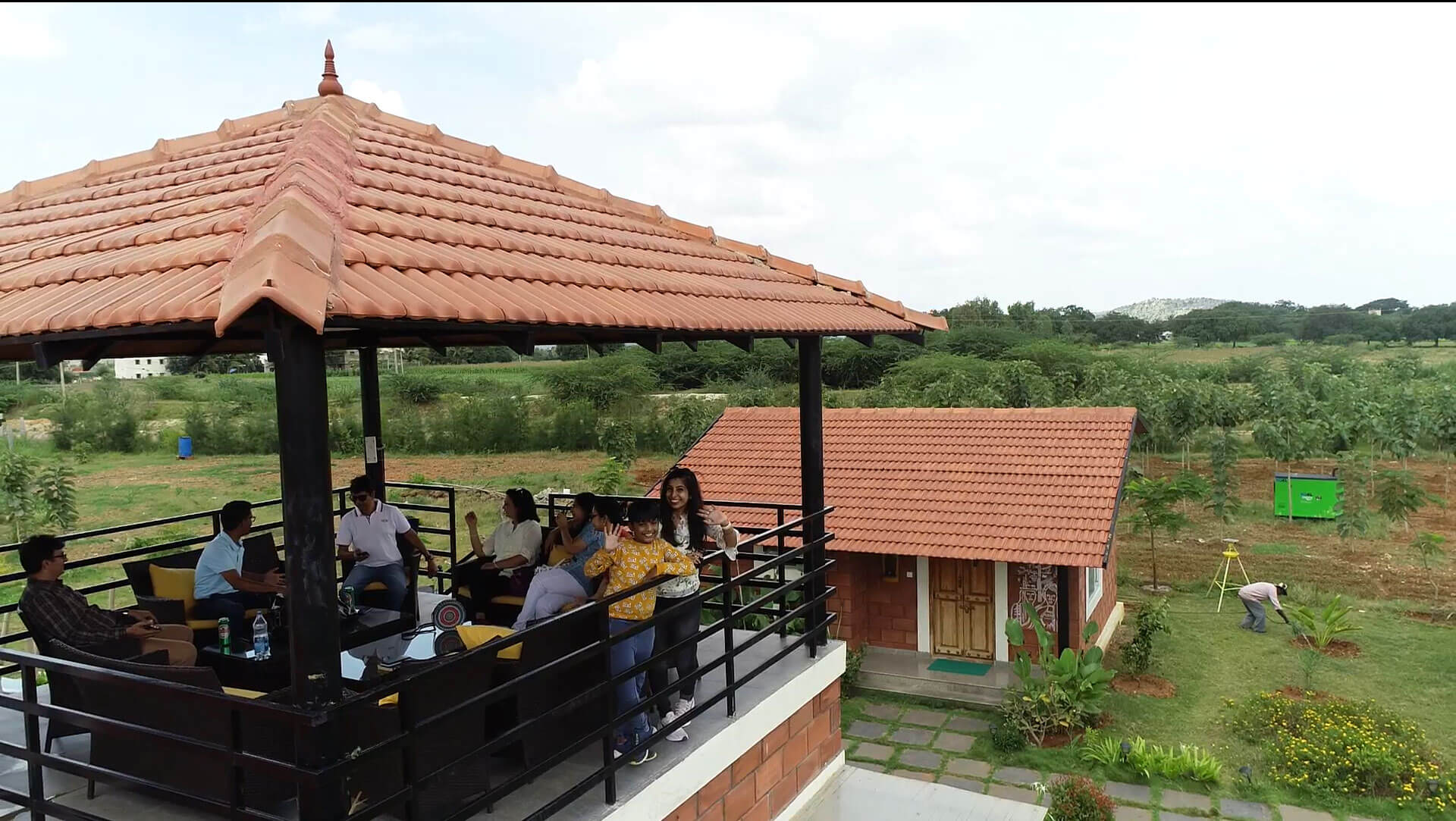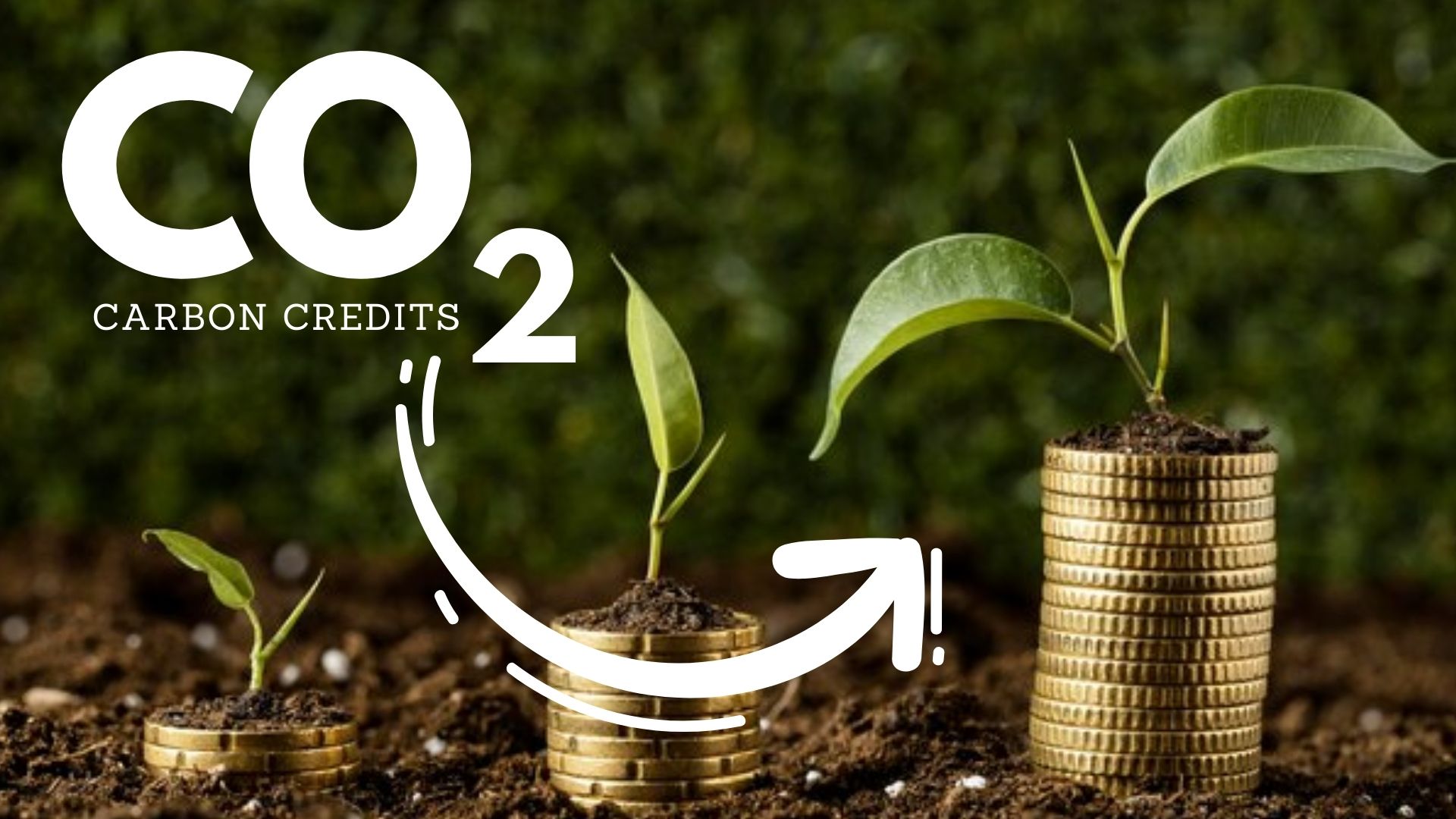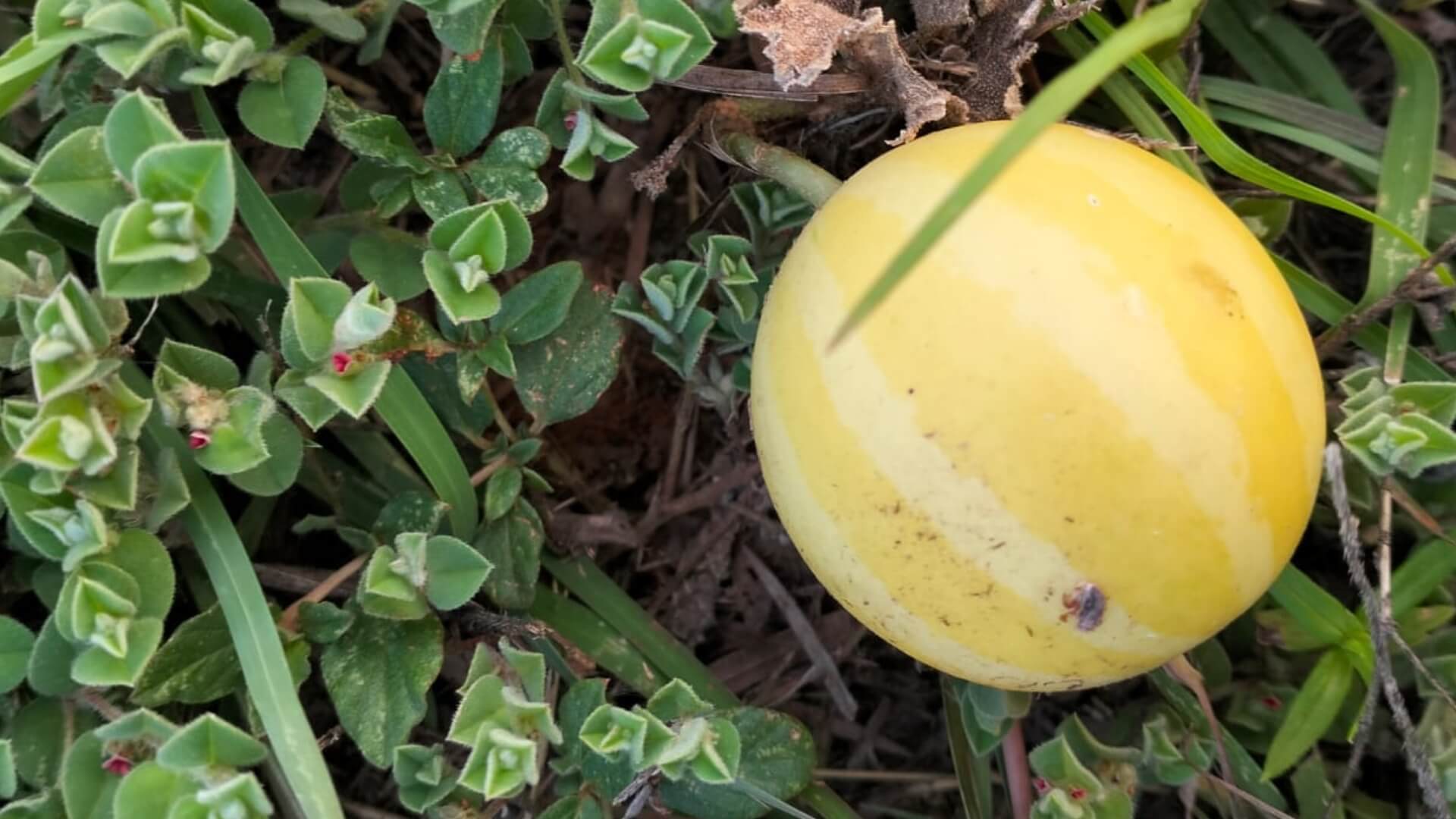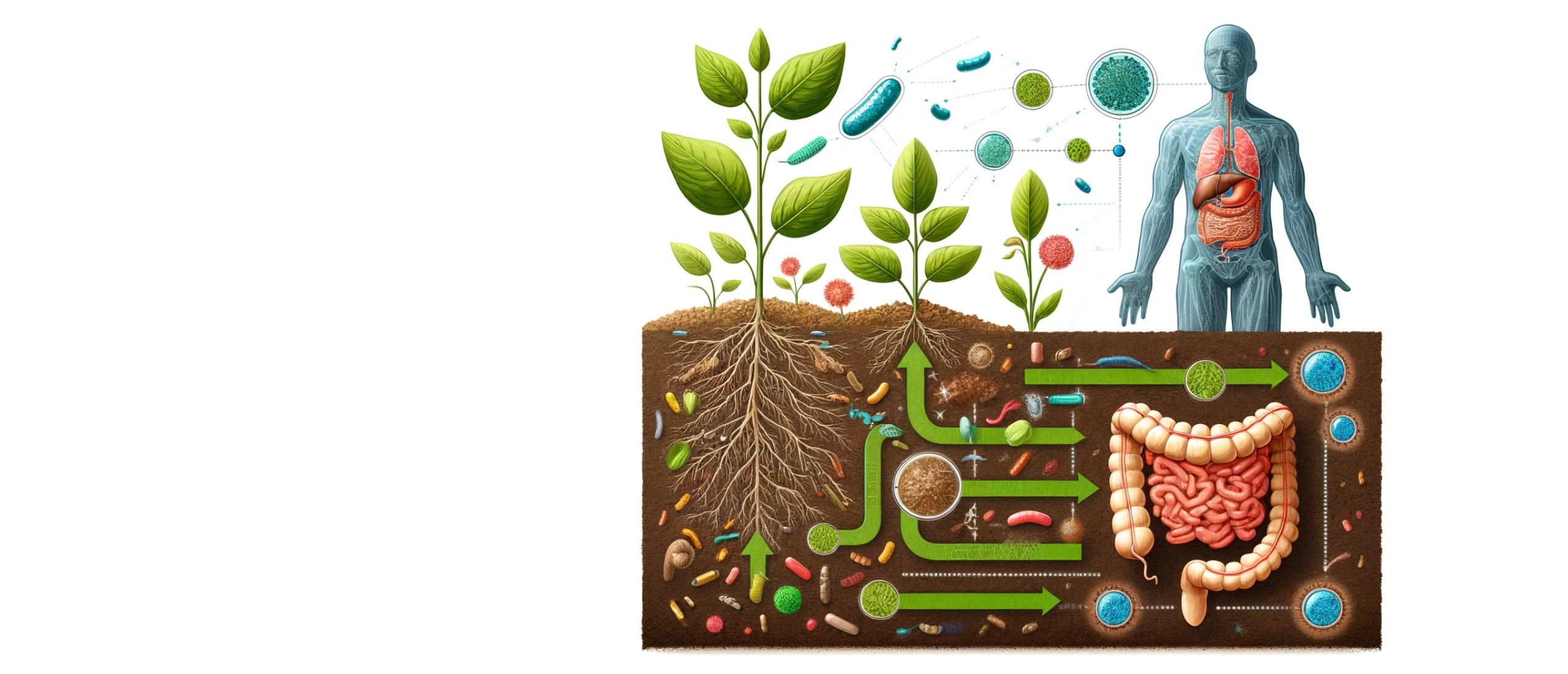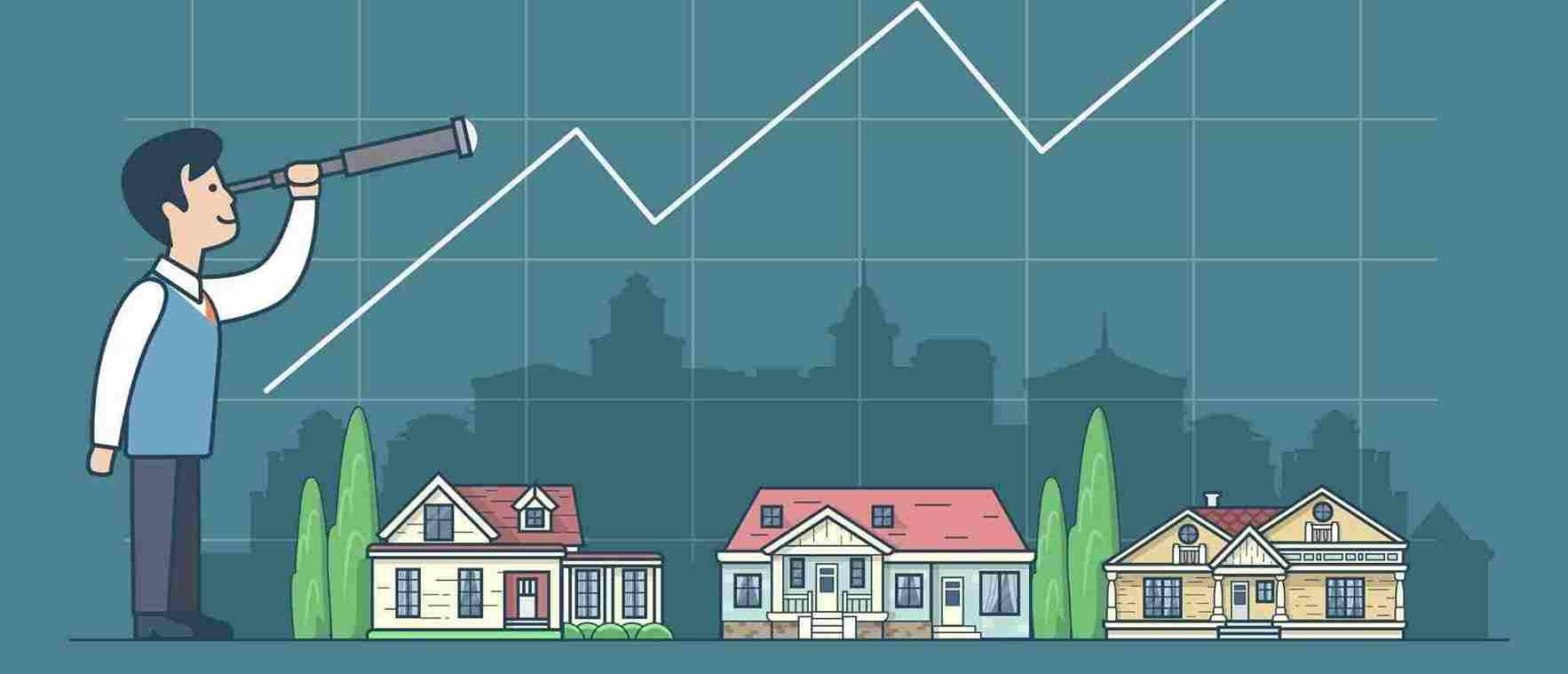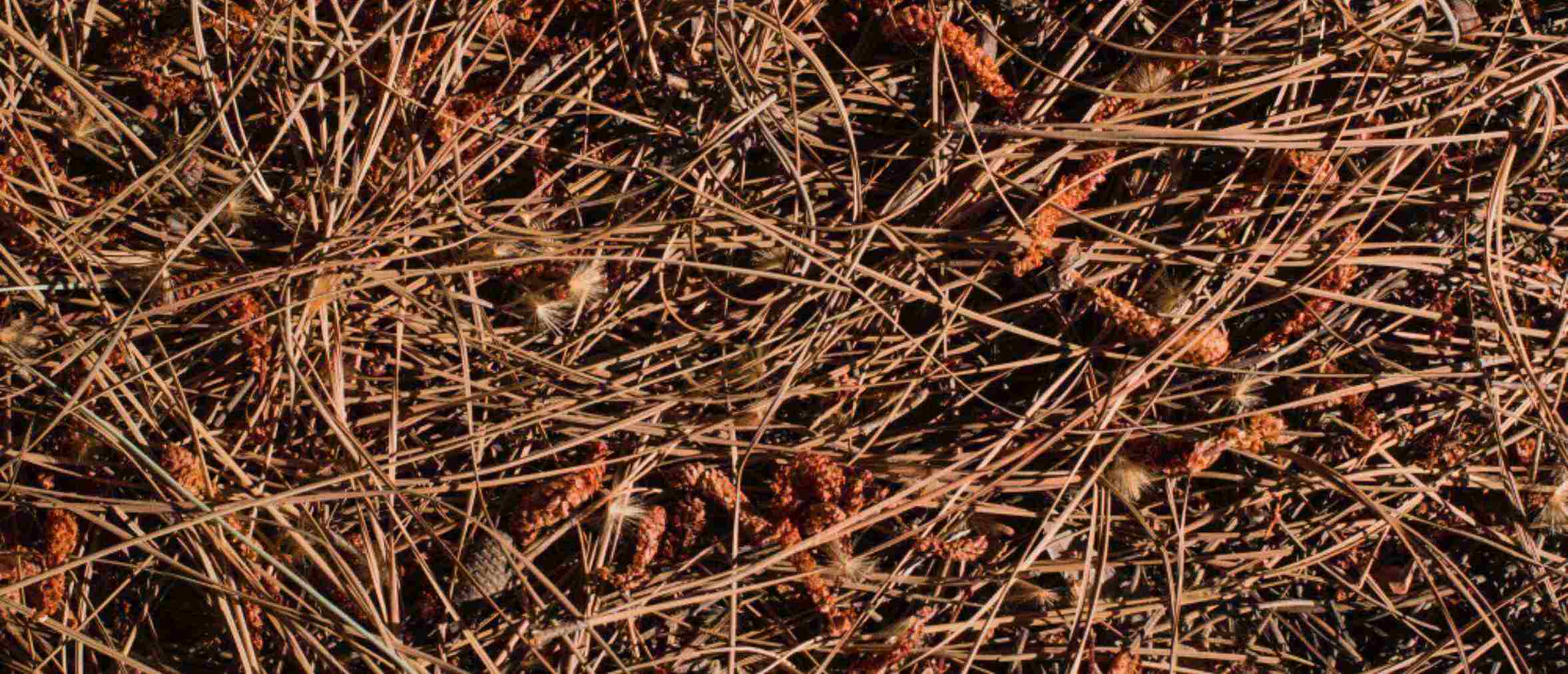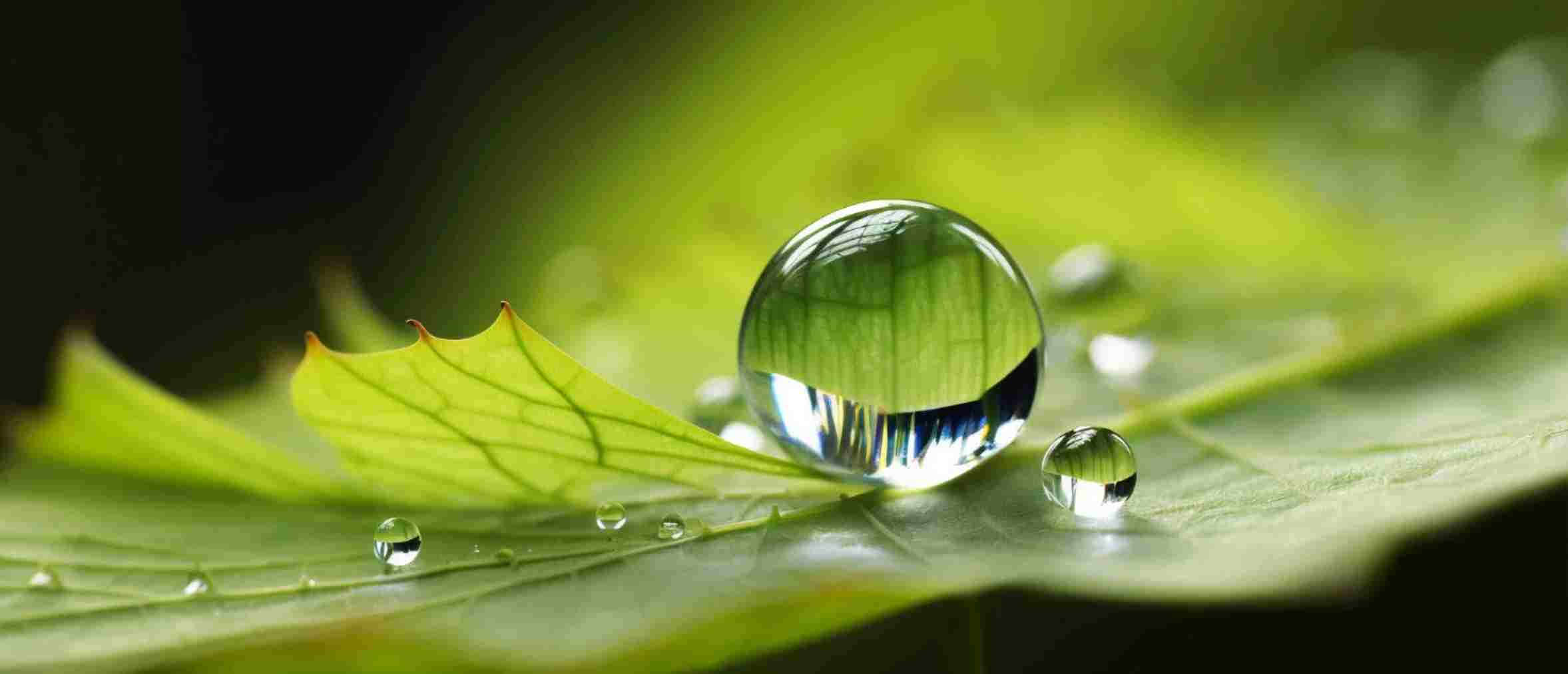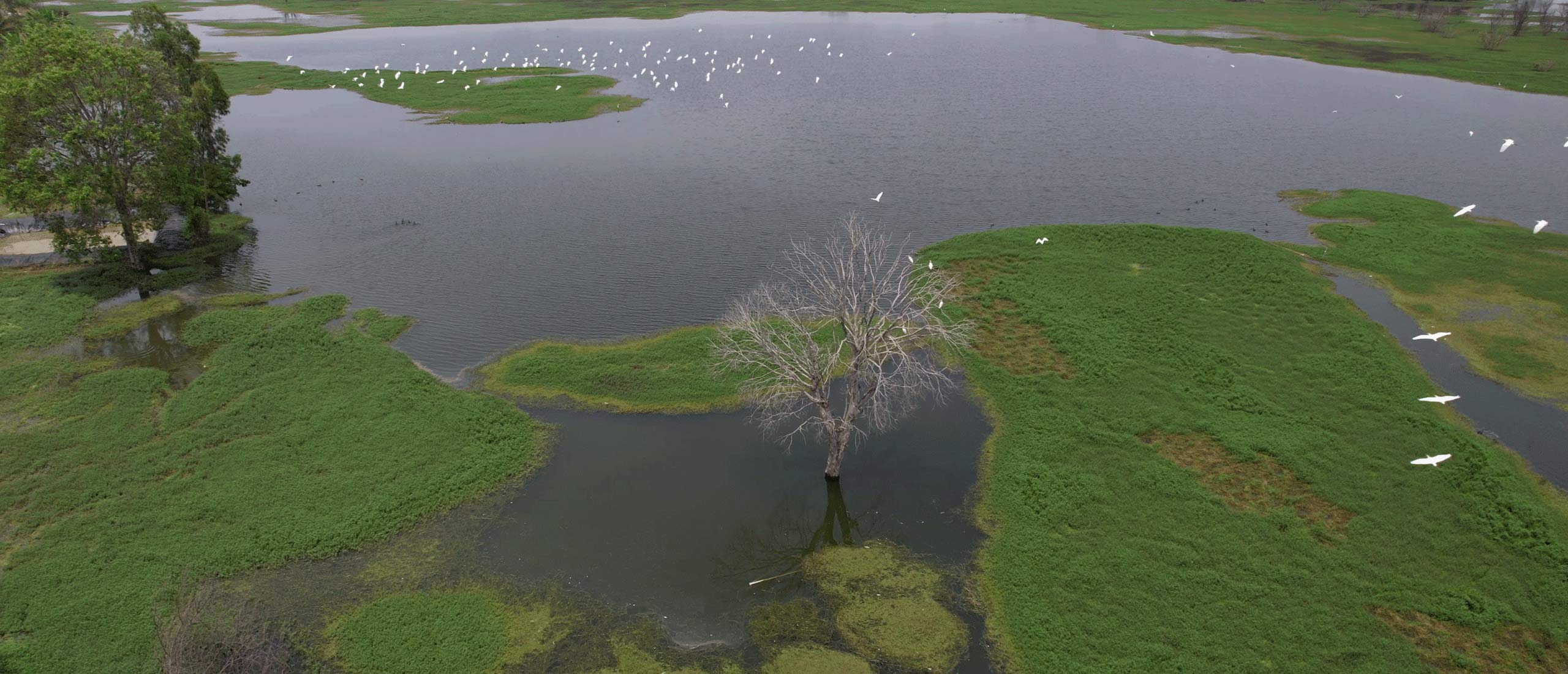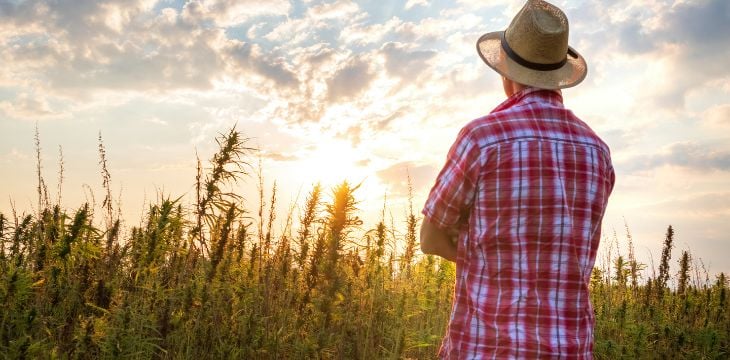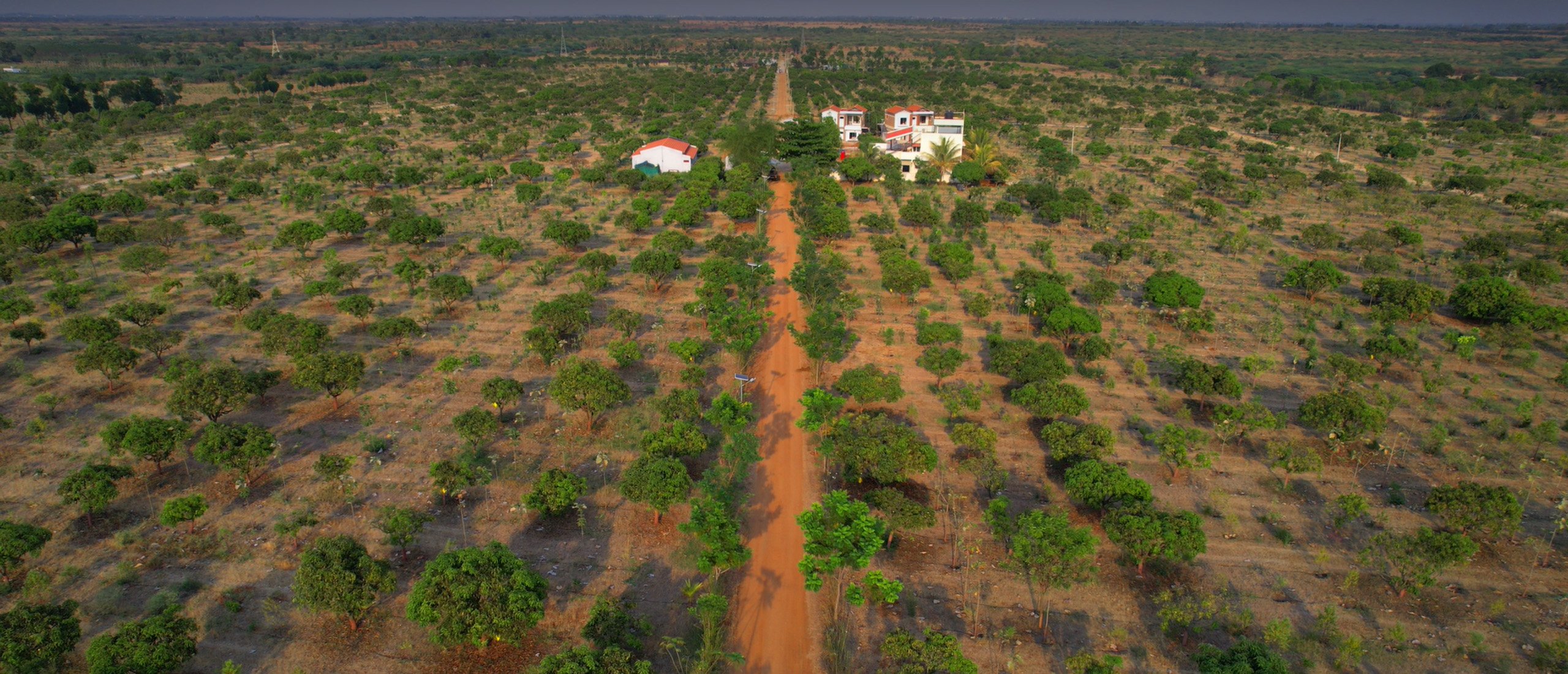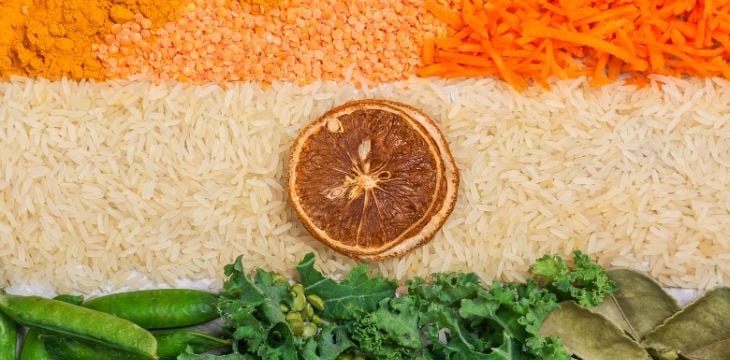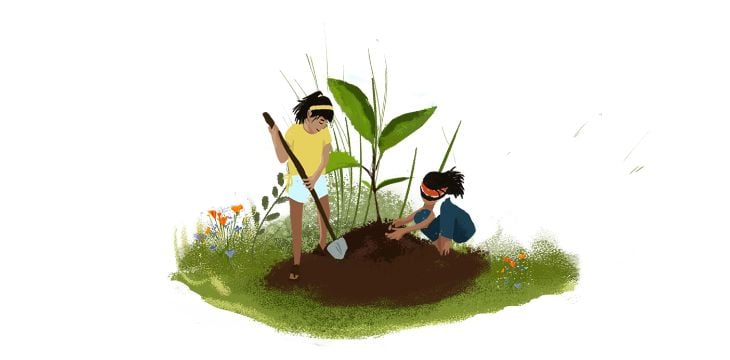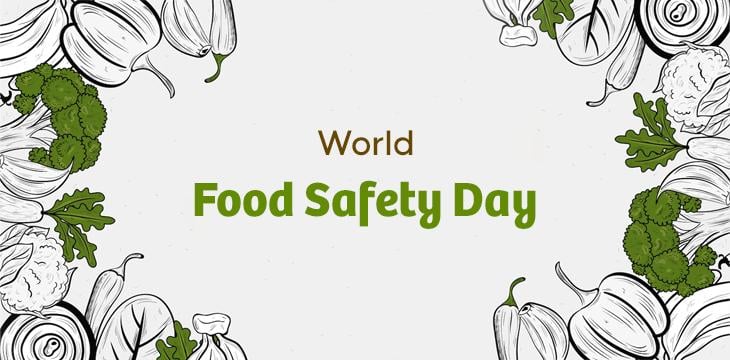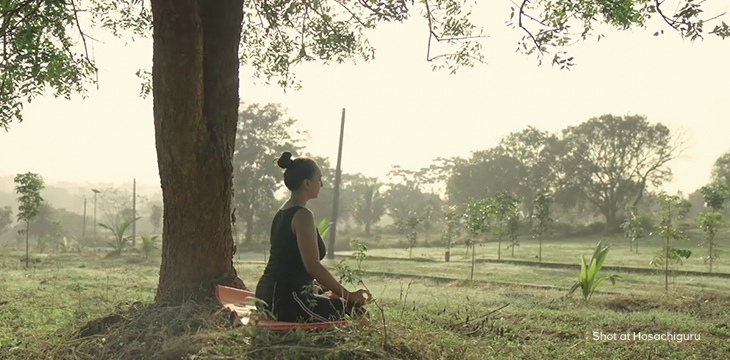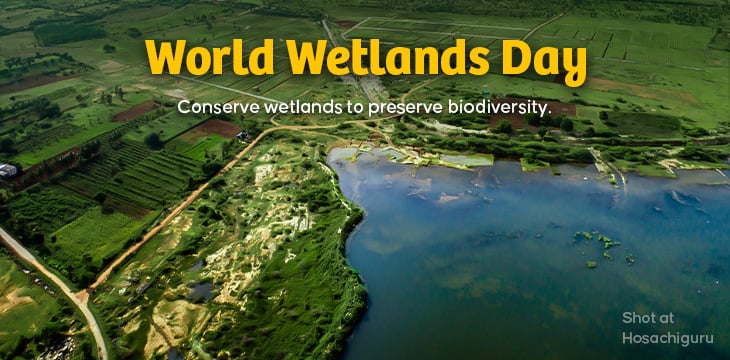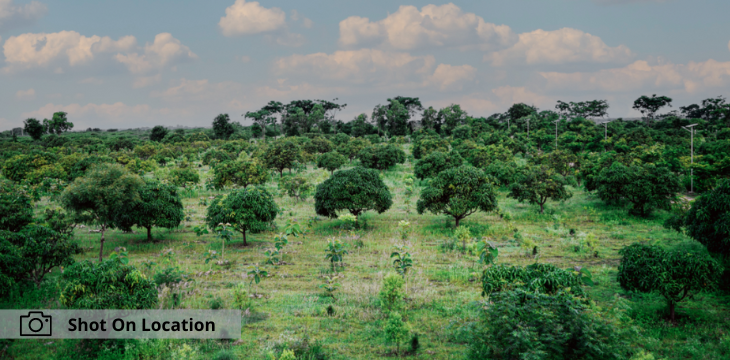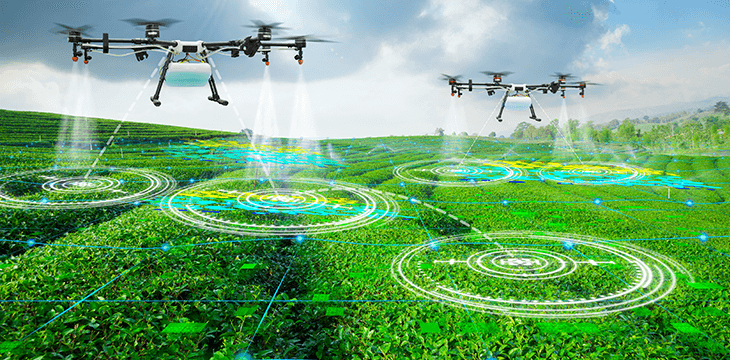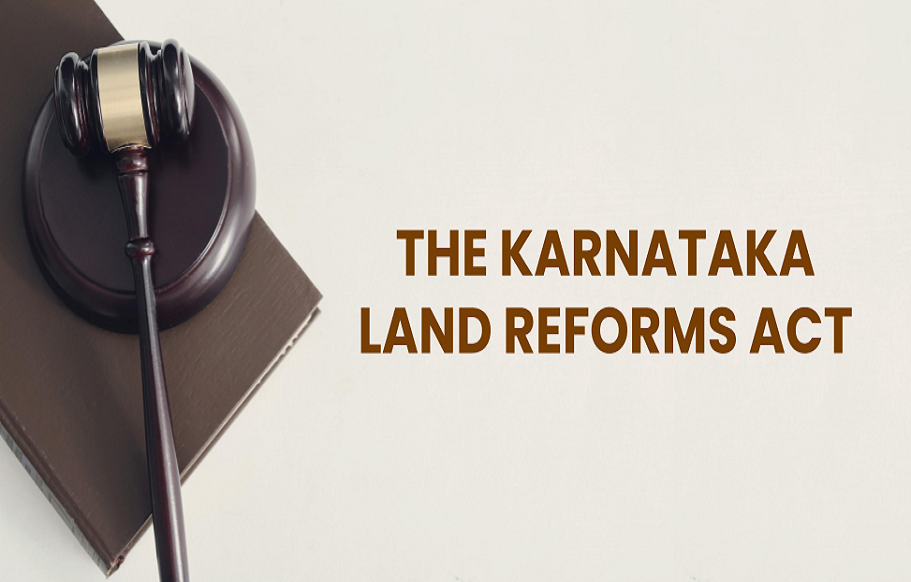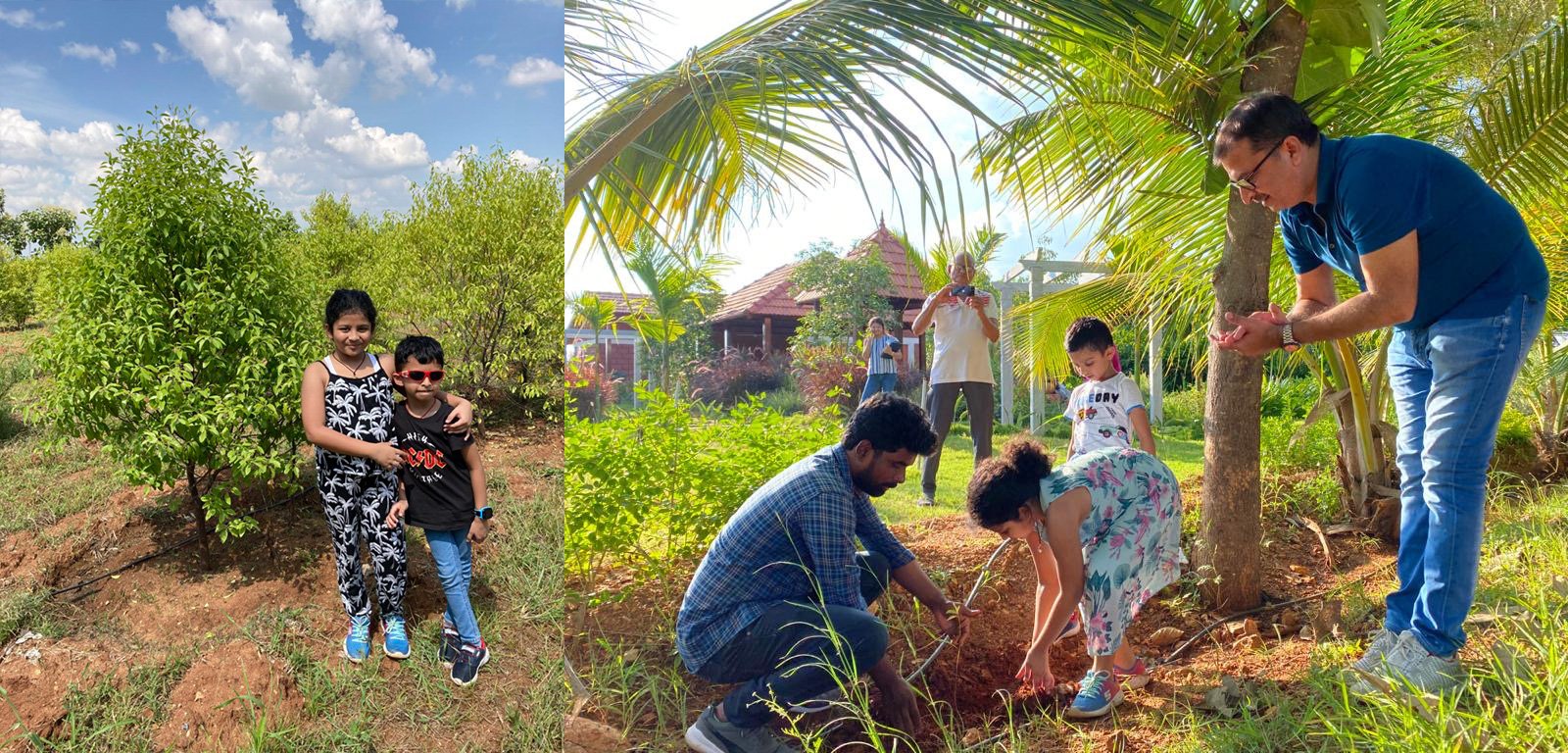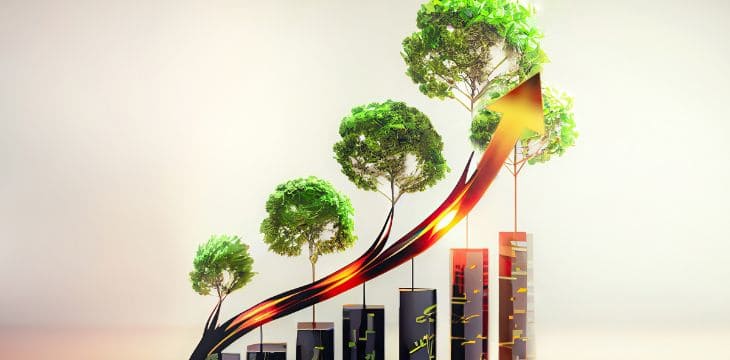September 15, 2023
Author – Srinivas Abhilash
Above our heads, there’s more to the sky than meets the eye. As we look up, we encounter Earth’s layers, like the stratosphere, which is a bit like the different floors of our planet’s atmosphere. Now, imagine these layers as protective shields. The stratosphere is where we find the remarkable ozone layer.
This invisible shield, called the ozone layer, acts like Earth’s protective cloak. It’s our defense against the sun’s harsh rays, which can cause skin problems, eye issues, and even affect our food. The ozone layer’s job is super important. It lets us enjoy the sun’s good stuff while keeping the bad stuff away.
But here’s the trouble: this shield is weakening, and it matters to all of us, no matter where we live. Ozone troubles aren’t confined to one spot; they concern the whole planet. We have one sun, one moon, one earth, and one ozone layer, few offenders but collective consequences. That’s why it’s crucial to keep this shield in good shape. As damage to it grows, more of this harmful sunlight reaches us.
The “ozone hole” over Antarctica experiences the most severe ozone damage due to its unique climate conditions. In Antarctica, during the spring months of September to November, it becomes extremely cold. This cold weather leads to the formation of special clouds called polar stratospheric clouds.
Inside these clouds, certain harmful chemicals break down and release chlorine and bromine atoms. These atoms are troublemakers for the ozone layer. They attack and break apart ozone molecules, which creates the “ozone hole.” Unfortunately, these holes in the ozone layer influence our weather patterns. Since ozone is a greenhouse gas, the breakdown and anticipated recovery of the ozone layer affects Earth’s climate. A 2023 report by the United Nations noted that the Antarctic and Arctic ozone holes are expected to recover by 2066 and 2045, respectively.
But here’s the bright side: scientists say we’re making progress in healing the ozone layer. And guess what? It’s not just scientists who can make a difference. Each one of us can help. How? By taking steps to reduce the greenhouse gases we release into the air, like the ones that come from our cars, factories, etc..
As we mark Ozone Day, let’s delve into why this hidden shield is so important for our survival and our ecosystem. We’ll discover how it shields us and see how our actions, whether large or small, can contribute to the solution. Get ready to explore the story of the ozone layer, a story that impacts every living being on our planet.
Ozone Depletion and Ultraviolet (UV) Radiation
Ozone depletion, particularly the thinning of the ozone layer in the Earth’s stratosphere, has far-reaching consequences for the environment. One of the significant impacts is its influence on atmospheric patterns, which in turn can disrupt ecosystems, alter plant life cycles, and affect the food chain. Here’s an explanation of how this process works:
The ozone layer in the stratosphere acts as a shield that absorbs and filters out a substantial portion of harmful ultraviolet (UV) radiation from the sun. UV radiation, particularly UV-B and UV-C, is harmful to living organisms as it damages DNA and proteins.
Effects on Plant Life:
Plants are sensitive to UV radiation, and excessive exposure can damage their DNA, slow growth, and reduce photosynthesis. This surely disrupts their natural life cycles and decreases their overall health and productivity.
Impact on Food Chain:
Plants are the foundation of most terrestrial and aquatic food chains. When plant life is affected by increased UV radiation, it has a ripple effect throughout the ecosystem. Here’s how it disrupts the food chain:
- Herbivores: Herbivorous animals, such as insects and grazers, depend on plants for food. If plant populations decline or become less nutritious due to UV damage, herbivores may face food shortages and decreased reproductive success.
- Carnivores: Carnivorous animals depend on herbivores for their sustenance. A reduction in herbivore populations can lead to food scarcity for carnivores, potentially affecting their survival and reproduction.
- Top Predators: Even top predators at the apex of the food chain can be indirectly impacted. Reduced prey populations can lead to competition for resources among predators, which tends to destabilize ecosystems.
Marine Ecosystems and Plankton:
Ozone depletion also has profound effects on marine ecosystems. Phytoplankton, which are microscopic plant-like organisms that form the base of marine food webs, are particularly vulnerable to increased UV radiation. When UV levels rise, it inhibits phytoplankton growth and reproduction. This, in turn, affects the entire oceanic food chain.
Zooplankton, which are tiny animals that feed on phytoplankton, are directly impacted by reduced phytoplankton populations. They, in turn, are a crucial food source for many marine species, including fish and whales. If plankton-dependent animals struggle to thrive due to diminished phytoplankton, it can lead to declines in these higher-level marine species.
Role of Agro and Food Forests In Healing the Ozone Hole
The creation of self-sustaining agro-food forests based on permaculture principles and regenerative farming practices represents a comprehensive strategy for healing the ozone hole. By addressing the root causes of ozone layer depletion, including greenhouse gas emissions and synthetic chemical use, this approach contributes to a healthier planet and a more secure ozone layer for generations to come. The details are as follows:
- Oxygen Production
-
- Trees are the lungs of our planet Earth and they absorb carbon dioxide, a greenhouse gas that contributes to ozone layer depletion, and release oxygen during photosynthesis.
- The more trees we have, the more oxygen they produce, helping to maintain a healthy balance in our atmosphere.
- At Hosachiguru, we embrace the innovative approach of Syntropic Farming. This method empowers us to cultivate abundant crops in compact spaces while fundamentally amplifying oxygen production. Our commitment to a diverse green canopy, comprising trees, plants, shrubs, and an array of perennial flora, fuels this extraordinary achievement.
- Greenhouse Gas Reduction
-
- Agro-food forests, which combine trees with food crops, act as carbon sinks. They absorb carbon dioxide from the air and store it in their biomass and soils. This reduces the concentration of greenhouse gases in the atmosphere, which in turn helps to safeguard the ozone layer.
- Protection from UV Radiation
-
- Trees provide a natural shield against harmful ultraviolet (UV) radiation. Their canopy blocks a portion of UV rays, reducing the amount that reaches the Earth’s surface. This protection benefits both human health and the environment.
- Co-farmers at Hosachiguru cultivate thriving Argo-food forests on their plots. Timber and fruit-bearing trees that fall under the Emergent, High, Medium, and Small categories based on their height are grown and nurtured. This thoughtful arrangement serves a dual purpose:
- Trees provide a natural shield against harmful ultraviolet (UV) radiation. Their canopy blocks a portion of UV rays, reducing the amount that reaches the Earth’s surface. This protection benefits both human health and the environment.
- Firstly, it ensures that all trees and plants receive optimal sunlight, facilitating maximum photosynthesis.
- Secondly, it results in the creation of a substantial canopy, effectively shielding the soil below. This canopy not only preserves soil nutrients but also safeguards the vital microorganisms living within it from the harmful effects of UV rays.
- Soil Health:
-
- Agro-food forests improve soil quality and prevent soil erosion. Healthy soils contribute to a healthier environment by retaining nutrients and preventing the release of harmful substances into the atmosphere, which can indirectly impact the ozone layer.
- Biodiversity Support:
-
- Growing a variety of trees and food crops in agro-food forests fosters biodiversity. A diverse ecosystem is more resilient to environmental changes, including those caused by ozone layer depletion. A variety of species means a better chance that some will adapt and thrive even in changing conditions.
- The agro and food forests across all Hosachiguru-managed farmlands represent thriving ecosystems teeming with vibrant biodiversity.
- Growing a variety of trees and food crops in agro-food forests fosters biodiversity. A diverse ecosystem is more resilient to environmental changes, including those caused by ozone layer depletion. A variety of species means a better chance that some will adapt and thrive even in changing conditions.
- Reduced Energy Consumption:
-
- Shade provided by trees can reduce the need for air conditioning during hot seasons. By lowering energy consumption, trees indirectly reduce the emissions of ozone-depleting substances used in refrigeration and air conditioning systems.
- Sustainable Agriculture:
-
- Agro-food forests promote sustainable farming practices by providing a diverse range of crops and reducing the need for synthetic fertilizers and pesticides. This, in turn, can decrease the release of ozone-depleting chemicals into the atmosphere.
Consumer Actions for Ozone Protection
Consumers can play a vital role in preventing ozone layer depletion and reducing their environmental footprint. They can start by choosing ozone-friendly products, properly disposing of appliances containing ozone-depleting substances, reducing energy consumption, supporting eco-friendly companies, conserving water, recycling, spreading awareness, advocating for environmental policies, and reducing greenhouse gas emissions. Staying informed about environmental issues is also crucial. These actions can collectively contribute to the protection of the ozone layer and a more sustainable planet.
Join the Fight: Co-Farming to Heal the Ozone Layer
When you invest in a land parcel with Hosachiguru, you don’t just become a co-farmer; you become an eco-warrior on a mission to transform our planet. You’ll actively contribute to the growth of lush agro and food forests on your farmplot, taking giant leaps in expanding green cover, carbon sequestration, and reducing greenhouse gases. These forests act as guardians, shielding the soil and vital microorganisms from harmful UV radiation while creating a thriving, self-sustaining ecosystem that mirrors natural forests. By investing in land with Hosachiguru, you’ll empower diverse flora and fauna to flourish. It’s your chance to be part of the solution, to heal the ozone layer, and to make a lasting impact. Take action now and invest with Hosachiguru to grow a greener, healthier future for all. Do your bit to heal the ozone layer.
